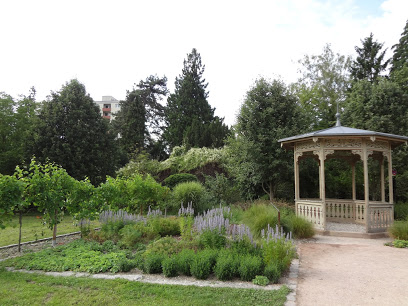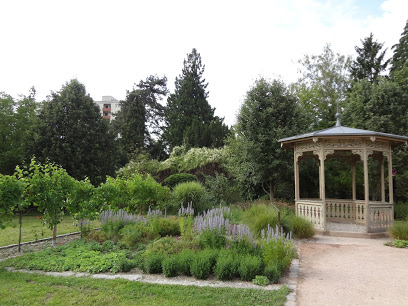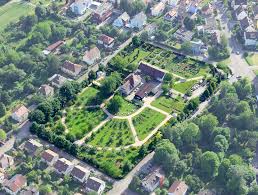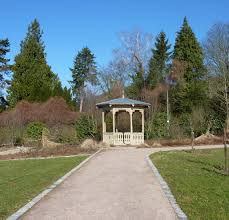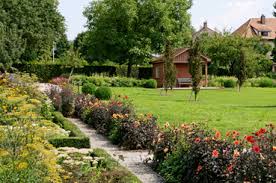From the boys' recruitment center to the vegetable grove
In order to cope with growing poverty and neglect - especially children - in the context of industrialization, Heilbroner committed 1850 to the Association for the Care of the Poor and 1859 to a labor enterprise for children. It moves in 1900 to today's orchard and was renamed Knabenempäftigungsanstalt. Its purpose is to keep children "under supervision during periods of schooling, thus protecting them from the effects of an unfavorable society, getting used to useful activity, order, cleanliness, obedience and good character, giving them a small advantage ... to give." Boys are run in the nursery, in the nursery of plants, fruits and ornamental plants and with simple manual labor.
Reformist reform approaches, such as the Swiss pedagogic approach Johann Heinrich Bistaluzi (1746-1827), or the uneducated Scholar inspector Zieler, who introduced courses in 1809 in Heilbronn on a new teaching method, constitute the spiritual basis for this.
After the dissolution of the Society in 1934, the area is used by the urban fruit farm and from 1965 as a pillar.
In 1998, committed citizens took the initiative again and in the same year reached the decision of the City Council of the City of Heilbronn to establish an "ecologically managed garden with nurseries and small schools and gardens" here. In 2000, Förderverein Garten-und Baukultur Heilbronn was founded. One of the aims of this association is to help the city of Heilbronn to build and nurture the orchard and bring it to life with the nursery and its flowering family.

